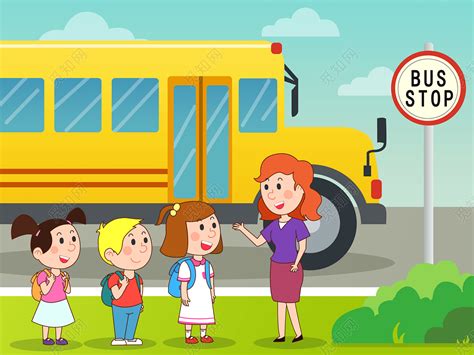Title: The Role of English Comics in High School Education

In the realm of high school education, incorporating English comics as a pedagogical tool has garnered increasing attention and debate. The utilization of English comics in high school curricula presents a myriad of benefits and challenges. This essay delves into the significance of English comics in high school education, exploring their impact on language acquisition, cultural understanding, and critical thinking skills.
Language Acquisition:
English comics serve as a captivating medium for language acquisition among high school students. With visually appealing illustrations accompanied by concise dialogue, comics offer an immersive language learning experience. The combination of images and text facilitates comprehension, aids vocabulary retention, and enhances reading fluency. Through exposure to varied linguistic structures and idiomatic expressions, students develop a nuanced understanding of the English language, thereby fortifying their language proficiency.
Cultural Understanding:
Beyond linguistic proficiency, English comics foster cultural understanding by showcasing diverse perspectives and societal norms. Comics often feature characters from different cultural backgrounds, thereby exposing students to a rich tapestry of global cultures. Through the exploration of cultural themes and traditions depicted in comics, students cultivate empathy, tolerance, and appreciation for cultural diversity. This intercultural competence is essential in today's interconnected world, fostering mutual respect and crosscultural communication.
Critical Thinking Skills:
Engagement with English comics cultivates critical thinking skills among high school students. Comics often convey complex narratives, requiring readers to interpret visual cues, infer character motivations, and discern implicit messages. Analyzing the structure, themes, and symbolism of comics prompts students to think critically, formulate hypotheses, and draw evidencebased conclusions. Moreover, the interactive nature of comics encourages active participation and independent interpretation, empowering students to become discerning readers and analytical thinkers.
Pedagogical Implementation:
Integrating English comics into high school curricula necessitates a strategic approach to pedagogy. Educators should select comics that align with curriculum objectives, address diverse learning styles, and cater to students' interests and proficiency levels. Moreover, incorporating supplementary activities such as discussions, writing assignments, and creative projects enhances the educational value of comicsbased instruction. By scaffolding learning experiences and providing ample opportunities for reflection and application, educators can maximize the efficacy of English comics in high school education.
Conclusion:
In conclusion, English comics play a pivotal role in high school education, offering a dynamic platform for language acquisition, cultural exploration, and critical thinking development. By harnessing the visual and narrative elements of comics, educators can create immersive learning experiences that resonate with diverse learners. However, successful integration of English comics into high school curricula requires careful consideration of pedagogical strategies and learning objectives. With thoughtful planning and implementation, English comics have the potential to enrich the educational landscape, equipping students with the linguistic proficiency, cultural competency, and critical thinking skills necessary for success in a globalized world.








